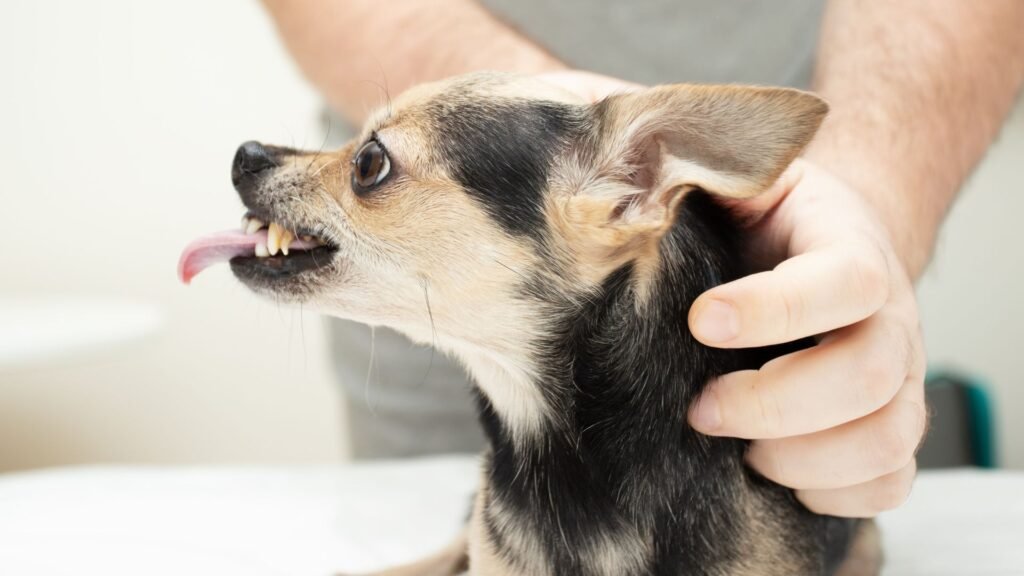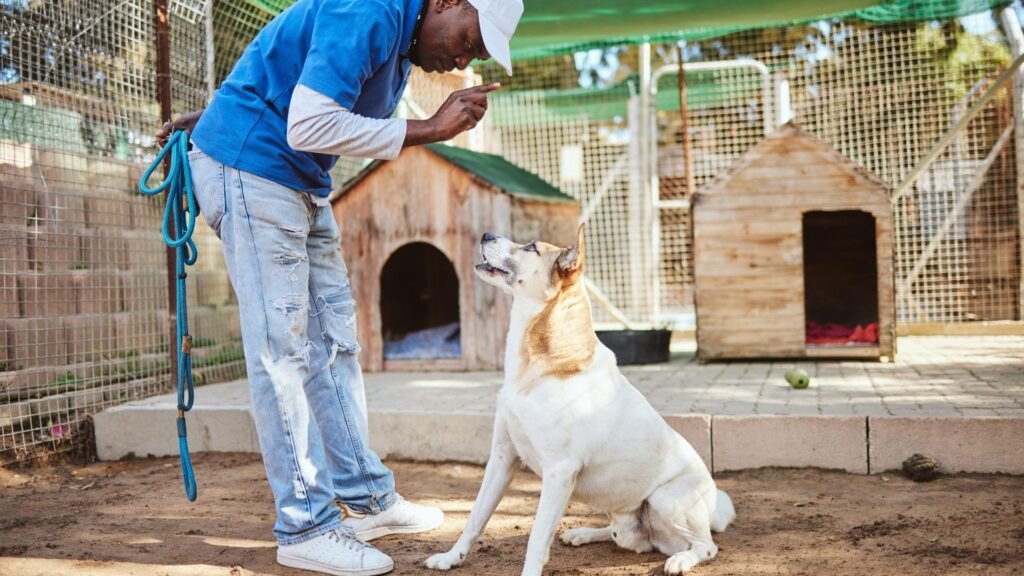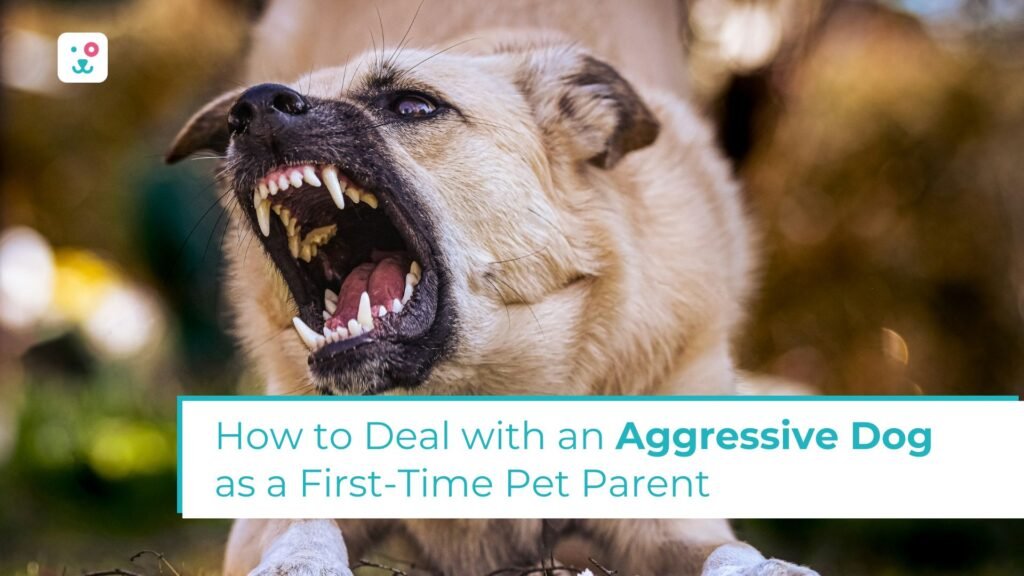Welcoming a dog into your home is a rewarding experience for a first-time pet parent. However, it can also present unique challenges, even more so if your new companion shows signs of aggression and deal with aggressive dog. Still, this has not dissuaded Americans from experiencing the joy of canine parenting.
Denver, for example, has an impressive canine ownership rate. According to Westword, 50 percent of Denverites own a dog as per a recent survey. Surprisingly, only 20 percent of households here have kids under eighteen. Finding a dog trainer in Denver should not be a problem if you have an aggressive furry companion.
As a first-time pet parent, you may struggle to understand, manage, and positively address your dog’s aggressive behavior. This is both crucial for safety and essential for building a loving bond with your canine buddy.
Here are a few proactive steps to handle canine aggression with empathy, patience, and effective training.

Know the Triggers
The first step in managing aggression is understanding what causes it. The Spruce Pets notes that some canine breeds, such as pitbulls, are prone to aggression. However, any dog can become aggressive, specifically if they are not given proper training and socialization from a young age.
Dogs may act aggressively for various reasons, but the root cause is often fear, anxiety, pain, or territorial instincts. Resource guarding is one reason, as it makes them protective over food, toys, or their favorite resting spots. Fear-based aggression stems from a reaction to unfamiliar people, animals, or environments.
Social aggression happens due to competition among other pets in the household. At times, dogs behave this way because of pain due to underlying medical issues. Some do it when being protective about their family members or territory. Keep a diary of your dog’s aggressive episodes, as you may see patterns and address them through targeted training.
Also Read: 4 Dog Training Mistakes First-Time Pet Parents Should Avoid
Create a Training Plan
The American Kennel Club notes that puppies should be taught good behavior right from the outset. The recommended training timeline includes environmental exposure at around eight weeks of age. The next stage teaches them impulse control, which eventually becomes the foundation of discipline.
With aggressive dogs, the approach may require some tweaking. Once you’ve identified triggers, you can begin shaping your dog’s behavior through a consistent training plan.
According to Flash Dog Training, a mix of correction and positive reinforcement is ideal. Of course, reward-based training is good, but you may need to be firm when the dog shows aggressive behavior. Also, try desensitization by gradually introducing it to triggers in controlled settings, rewarding calm behavior.
Counterconditioning is another strategic approach. Help your dog associate previously negative triggers with positive outcomes. For example, you can offer treats when seeing another dog at a distance to create a positive connection. Ensure every family member or regular visitor is on board with the plan to avoid sending mixed signals to your pet.
Seek Professional Help
Training a dog is inherently challenging, and first-timers raising aggressive pets may find it the hardest. Addressing aggression is not something you need to face alone. Professional assistance ensures safety for both you and your pet. At the same time, it also gets you the best outcomes within less time.
A certified dog trainer or behaviorist can tailor a plan according to your dog’s needs. They will help you master techniques to reduce aggressive tendencies. You can also connect with local animal organizations that offer training classes or referrals to specialists who can help with solutions.
At times, dog aggression requires the medical expertise of a veterinarian. A study published by NIH shows the connection between canine aggression and diseases like intracranial tumors. An assessment of physical health is needed as a part of the diagnostic criteria for aggressive behavior. A vet can rule out any underlying medical issues, such as pain or neurological problems.

Be Patient
First-time dog parents need to understand that changing aggressive behavior does not happen overnight. It requires patience, understanding, and perseverance. Progress may be slow, and setbacks can occur during the journey, no matter how much you try to help your furry buddy.
Maintaining consistent routines should be the first thing on your mind. Dogs thrive on predictable schedules, which help reduce stress and anxiety. Build a schedule around your routine, and avoid leaving your pet alone because separation anxiety can worsen aggression in dogs.
Celebrate small wins, as even brief moments of calm behavior are steps in the right direction. As a pet parent, you also need to manage your expectations. The truth is that some dogs may always have certain triggers. The goal is to minimize risk and foster a friendlier, safer environment, rather than trying to eliminate all aggression.
FAQs
How to introduce new dogs when one is aggressive dog?
Introducing a new dog to a household that already has an aggressive resident dog requires careful management. The first meeting should always happen in a neutral territory rather than bringing the new dog directly. Keep the leashes on for both pets until they get comfortable. Gradual exposure is the key.
How to act with an aggressive dog?
As a pet parent, you must maintain a calm and assertive approach when dealing with an aggressive dog. Responding with anger will only worsen the situation and even make the dog dangerous. Most importantly, prioritize safety and maintain distance if things seem out of control.
Can canine aggression be trained out?
Many forms of aggression can be managed, reduced, or significantly improved with early intervention and positive training. However, full “elimination” of aggression isn’t always possible, especially if it is genetic or deeply ingrained. A professional can help you get the best results with a strategic plan.
Dealing with an aggressive dog can be daunting for any pet parent, especially a first-timer. However, even the gentlest pet may have such moments. You can create a path toward a safer and more harmonious life together. Remember, you are not alone; resources and support are available for every step of your journey as a compassionate pet guardian.

